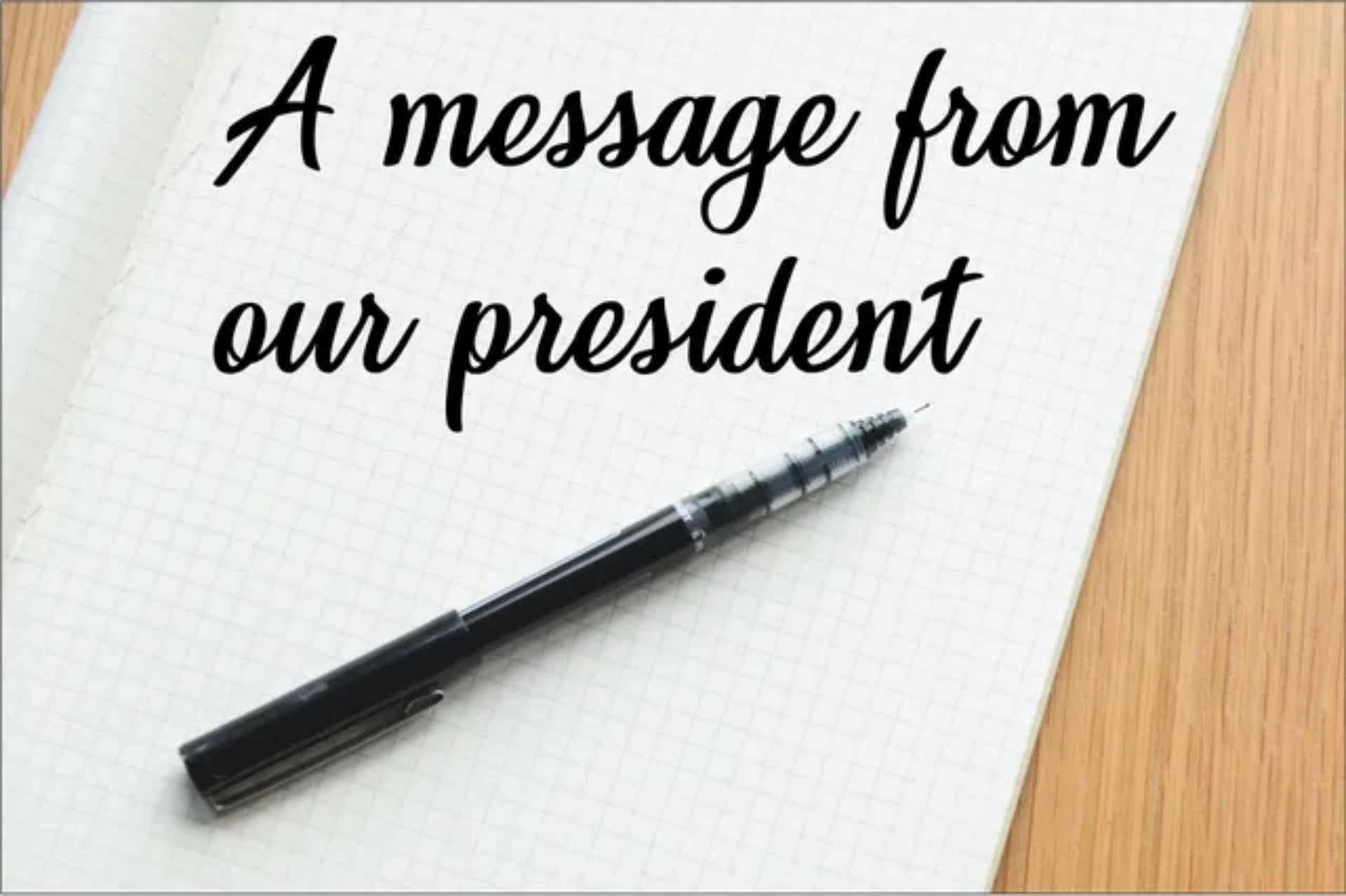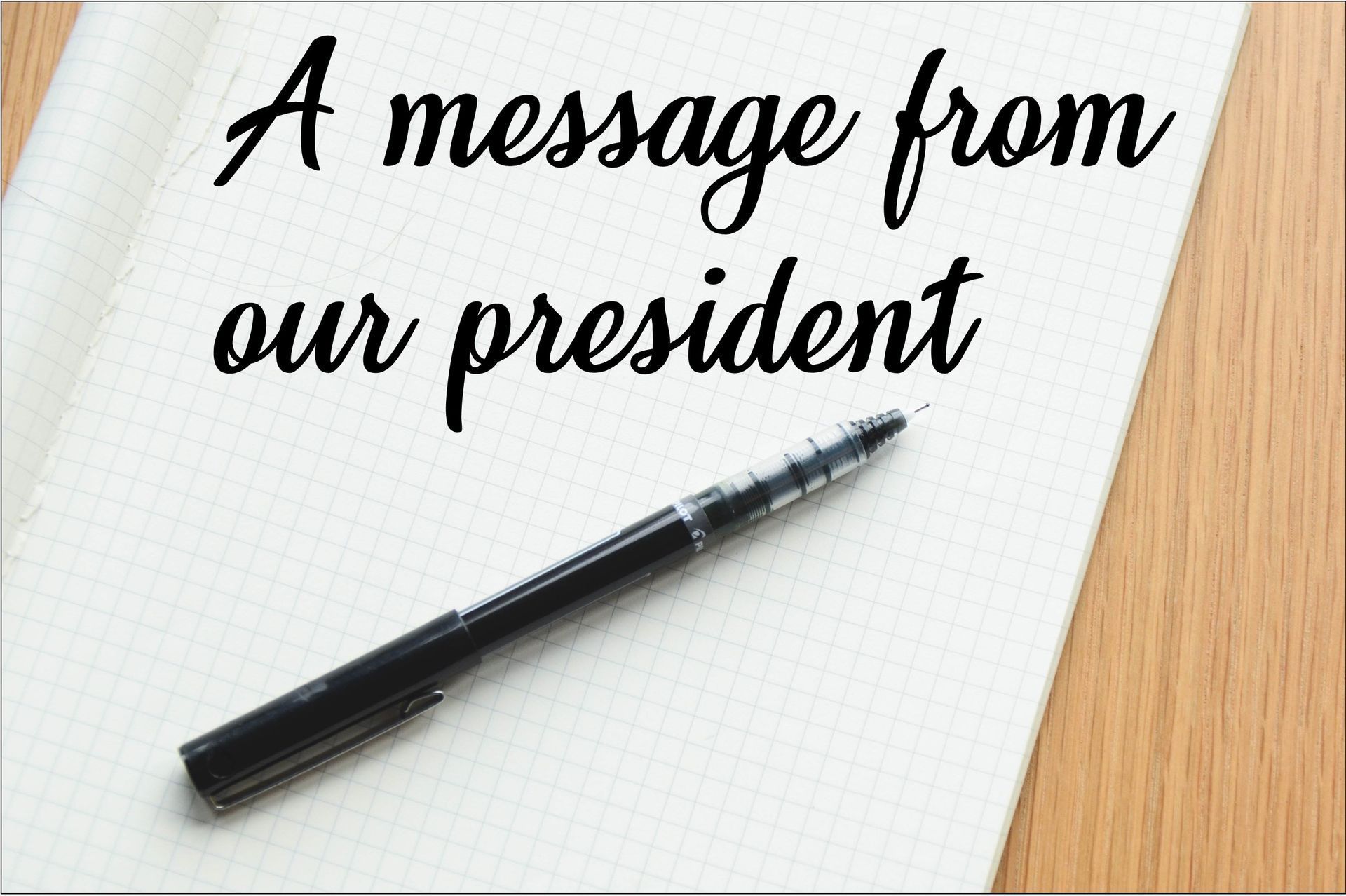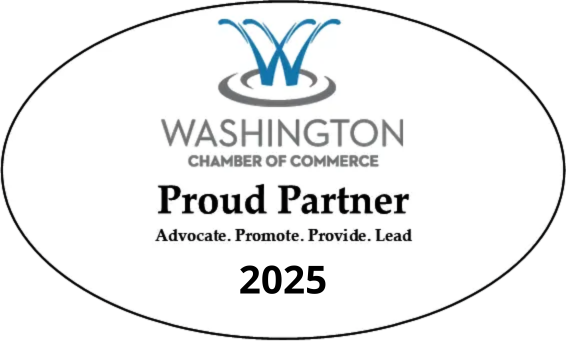Budget Roadmap
When I was much younger, my father used to prepare for a long road trip by starting at our kitchen table and pulling out the current edition of the Rand McNally US Atlas. If you are of a certain age, you will remember this large book that was filled with maps by state to include all of the U.S. highways, state routes and back-country roads located within each of our 50 states. My father would go on to mark up the route in the book so that if things became confusing, he had the plan for us to take in traveling to our destination. This book has since been replaced by our electronic maps and personal guides on our phones, tablets and computers. Gone but not forgotten completely – did you know you can still buy a paper map?
Anyway, my point in this little trip down memory lane is this, without a map you are going to travel around and around looking for that final destination – the end of your journey. It is the same way with our finances in today’s world, we need a map to direct us on our journey to that final destination. Depending upon your goals at whichever stage of life you find yourself, there are some signposts along the journey that I want to focus on over the next couple of paragraphs. Let’s take out our maps and start the journey…
First, you need to identify your destination on the journey. There is a famous proverb that goes like this, “The journey of a thousand miles begins with one step.” The first step is identification of the goal – all the rest of the steps follow from this first choice. Some of you may be thinking about a first purchase – a car, a house, that dream vacation – others may be further down the road looking toward retirement, there are so many choices available.
Next, there are three steps to take, and often you will accomplish these sitting at the kitchen table and writing out a plan to take you on your journey. Just like my father would mark up the journey, so we need to take some time and write out a plan to reach that destination – in finance terms, we are creating a budget. Budget has such a sterile connotation, but it’s really just a roadmap to help us direct our spending and saving to reach a goal. The budget, in written form, can be a concrete map to assist us in staying with our plan – maintaining our focus.
Additionally, there is likely some work to do on credit and our spending. It is a little-known fact that in today’s world, your personal credit score determines much more than whether or not you will qualify for a loan. Credit factors into your cost of insurance on your house and car, it factors into your ability to obtain a rental property, or even the rate that you will pay on some loans (auto, home, credit cards). Building good credit is important on your journey.
Finally, how do you handle emergencies? What happens to your planning when something goes sideways? Of course, no one taking the time to read this little article ever has something happen that wasn’t planned for, but just in case…what will you do? I want to encourage you to plan for emergencies in your financial roadmap. My father always had several things in the trunk of our car – jumper cables, a good tire iron, a quart of oil, and a gallon jug of water – our emergency roadside box. On all of our family trips, we never had to use any of those things, but they were always in the trunk of the car – my father wanted to be prepared for possible emergencies on our trip. So it is for us, we may not be able to predict the emergency, but being prepared is the next best option.
In closing, I would like to make an offer to all of you that are reading this article, to look for the Banzai! link under the services tab. After you click the link you will be directed to a site full of tools and ideas to help you draw up that map for your future self. Don’t wait…do this today and start setting yourself up for a successful journey!
Michael Herzog
President










